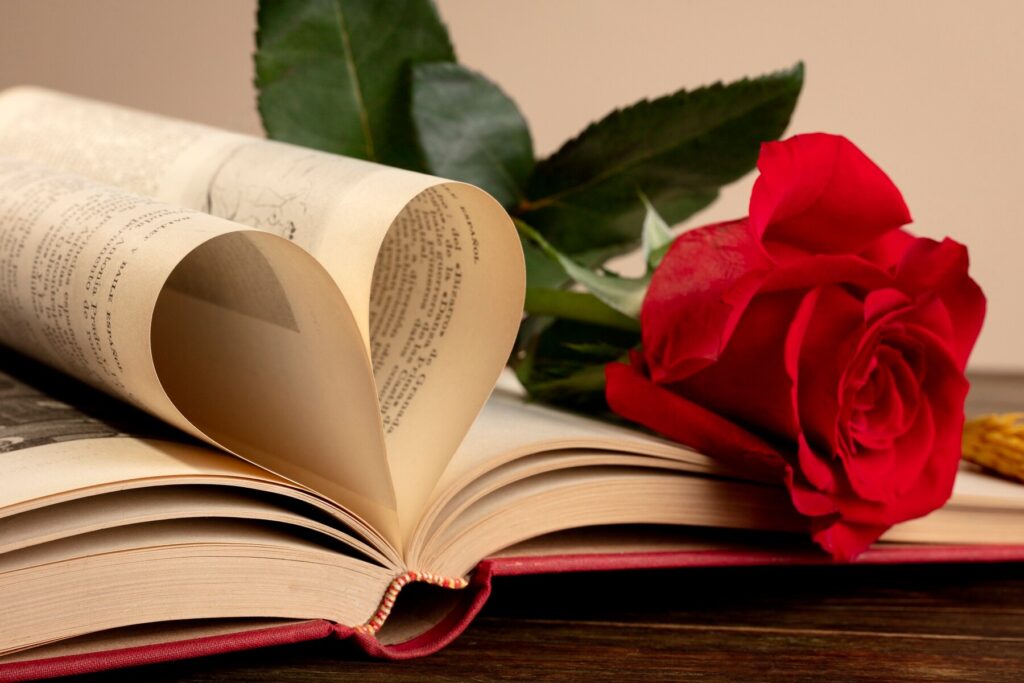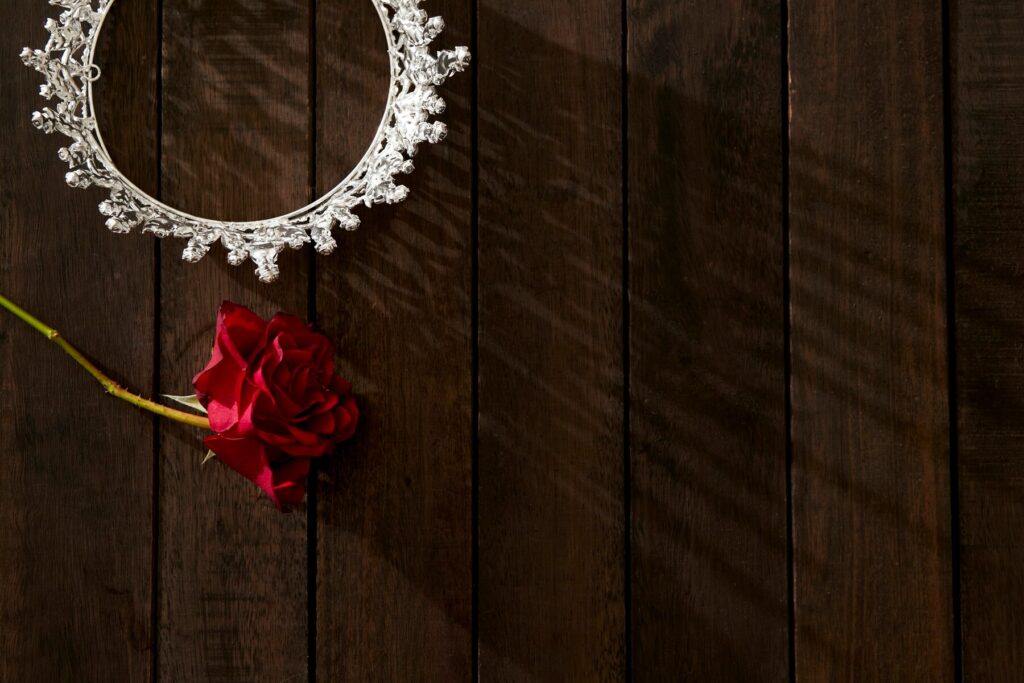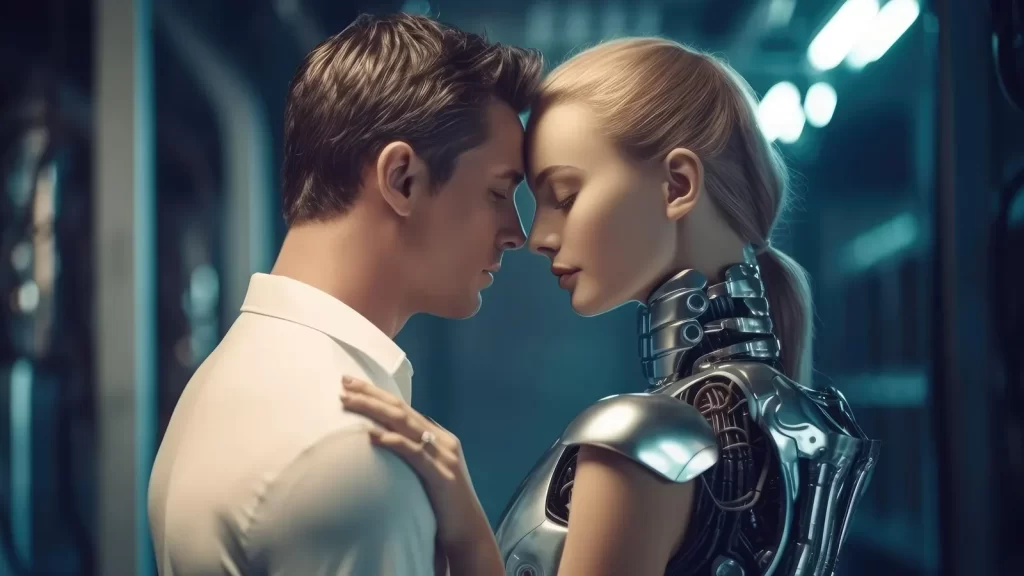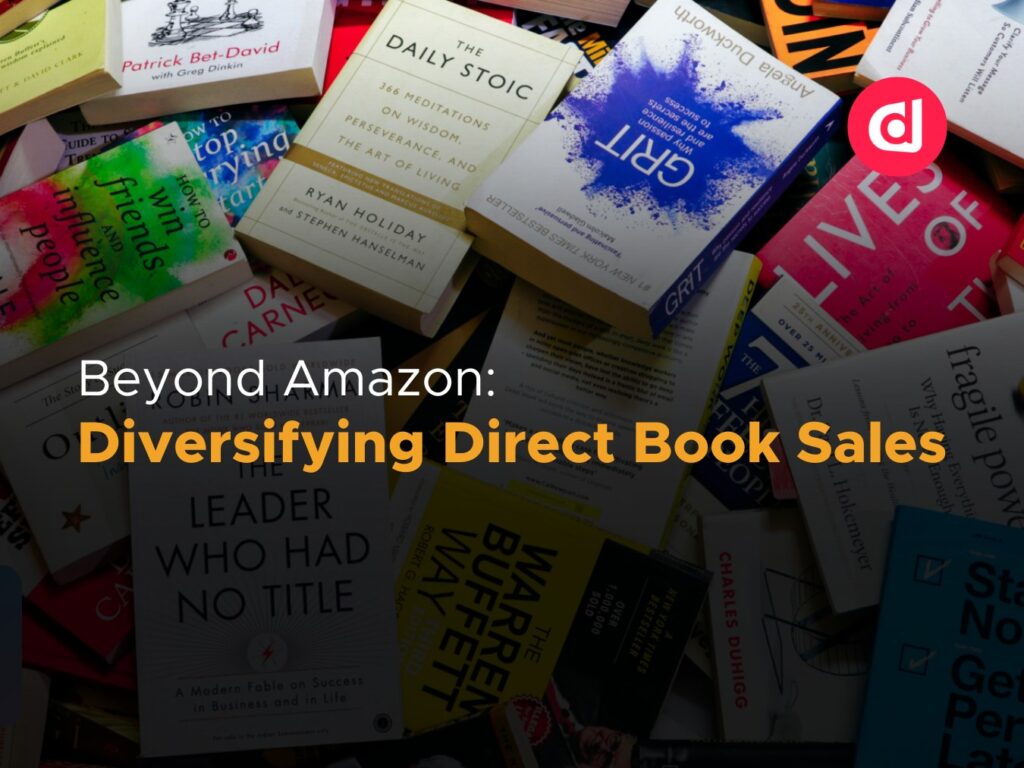Love stories have been around for centuries, probably even before medieval times. Historical romance has had a massive influence on modern romance as we know it. There are some major differences between the various period pieces of literature that showcase the growth of written romance.
Let’s take a look at the evolution of romance from historical romance to contemporary love stories. We will also evaluate the trends and themes of modern romance that accurately reflect modern love as we know it.
The Journey of Romance Literature Through the Centuries

To understand the evolution of romance, we need to take a look at where love stories began. Let’s embark on a journey to uncover the different centuries of romantic literature from medieval times to current-day romance.
Medieval Romances
The first recorded love stories were in medieval times, which were in the 11th and 15th centuries. In this period, romantic literature had some common themes and characteristics, such as chivalry, damsels in distress, courtly love, adventure and quests, and heroic knights.
Medieval romance stories were often written in poetic form because they were written to be recited or sung by minstrels. An example of a medieval romance story is “Le Morte d’Arthur” by Sir Thomas.
Renaissance Romances
Renaissance romance in the 16th century followed a similar approach to romantic literature. It followed the same characteristics and tropes of Medieval romance, such as chivalry and courtly love. However, this period focused more on humanism and the individual through its love stories. This is when William Shakespeare’s famous play, “Romeo and Juliet,” was created.
18th-Century Sentimental Novels
Romantic literature in the 18th century changed the game for romance as the characters of love stories were explored in more depth. These more sentimental novels focused on showcasing the emotions and feelings of the characters. It was also the period when female protagonists, also known as “heroines,” were becoming more popular.
In the 18th century, romantic stories were written as novels, which is what we see in our familiar contemporary novels. An example of a romantic novel from this period is “Pamela” by Samual Richardson.
Gothic Romance
In the late 18th century and into the 19th century, Gothic romance explored some of the more thrilling and unique subgenres romance had to offer. It was the first-time romance and horror were combined in literature.
It was also a period where passionate love and intense emotional conflicts were explored. The Brontë sisters, who wrote “Jane Eyre” and “Wuthering Heights,” were very popular authors of the time.
Victorian Romance
In the 19th century, Victorian romance explored the same themes as previous centuries, but it created more awareness of societal issues and the challenges one might face in finding love in a new era. Charles Dickens and Elizabeth Gaskell are some of the popular authors of this time.
The Rise of Modern Romance
Before we dive into contemporary romance, it’s valuable to take a look at the period before 1945. In the early 20th century, romance was becoming an increasingly popular genre. During this period, subgenres for romance were created, such as historical romance, romantic suspense, and of course, contemporary romance.
Contemporary Romance
Contemporary romance is any love story written after 1945 that is set in the period in which it was written. This is the era when science fiction and fantasy romance became more popular. The most recent contemporary novels are those of the 21st century. A period where diversity and inclusivity are more embraced than ever before!
But are historical love stories left in the past? Historical romance is a popular subgenre that is often explored in current novels. Period pieces can be a lot of fun to read when you have a passion for history and old-fashioned stories but appreciate the modern style and structure of novels.
Modern Romance Trends
Contemporary romantic themes reflect the current circumstances, realities, and norms people experience while navigating a modern love life. This can be particularly valuable as it promotes diversity. Modern love is more accepting and inclusive, which provides representation for all individuals. Some examples of contemporary love themes include the following:
- Diversity and inclusion: One of the greatest evolutions of romance is the rise of inclusivity and diversity within literature. Many contemporary novels explore LGBTQI+ relationships, individuals from various backgrounds and cultures, and current social issues.
- Technology and modern dating: In modern reality, most people find their dates or significant partners through social media platforms. With people meeting each other through dating platforms like Tinder and social media platforms like Instagram, many modern romance novels explore the digital age of dating.
- Mental health in relationships: Contemporary literature spreads more awareness of mental health issues that are so prevalent in our society. Romantic stories explore the impact of depression and anxiety on a love life.
- Empowerment for the youth: Modern literature focuses on creating content that empowers the youth. Navigating love in this day and age isn’t easy! Love stories for young adults can be inspiring and even educational.
- Personal growth and character development: Modern romance novels aren’t just about the plot and relationship anymore, as they also showcase the personal growth achieved by characters. While the main characters fall in love and unfold the beautiful love story, you witness the character arc of one or more of these characters.
- Non-traditional relationship dynamics: Nowadays, many relationships and individuals lead a non-traditional love life. Contemporary romance novels do a great job of representing these non-traditional relationship dynamics.
- The human condition: Modern literature asks and answers the meaningful questions of what it means to be a human being. By exploring meaningful themes and topics through literature, we can learn more about individuals and how they interact in relationships.
These are only a few contemporary themes explored in romantic literature. The progression of romance literature will only introduce readers to more fresh and advanced themes and trends.
Trending Elements in Modern Romance

As with any genre of literature, trends can be prevalent in its writing. In the 18th century, the literature reflected trends and societal expectations of that era. When looking at contemporary romance, you can identify trends and themes that you may find in the real-life dating world.
Realistic Characters
Contemporary romance novels steer away from the stereotypical characters that we’ve seen in literature in the past. It explores realistic three-dimensional characters through love stories. Protagonists have their own positive and negative traits, making them well-rounded and relatable.
Focus on Strong Friendships
The love stories from the 11th to the 18th centuries focused on the two main characters having their own love story. As centuries passed, the inclusion of side characters that showcase the meaning of friendship became increasingly popular. This focus on strong friendships highlights the importance of good moral support when navigating one’s love life.
Fresh Twists
With a vast number of romance novels being published, one may wonder how new concepts and twists are created. Authors of contemporary novels think outside the box and push the boundaries of what we know to be romance. This is what makes the evolution of romance so exciting to witness.
I can’t come up with any fresh twists that haven’t been seen yet in romance literature.
Hiring a ghostwriter from The Urban Writers may be just what you need to gain a fresh perspective so you can self-publish a romantic novel like no other!
Use of AI

Many authors use artificial intelligence to do their research and put together their outlines. It can be a great tool for brainstorming, which can accelerate the writing process. The use of AI when writing has played a role in many contemporary novels.
How to Use Historical Romance to Write Modern Love Stories
Though we can see a lot of growth and differences between past romance novels and contemporary stories, there are a lot of similarities that reflect the essence of romance. We wouldn’t have the abundance of great contemporary romance novels if it weren’t for historical romance paving the way.
Historical romance has shaped modern love stories through the creation of good storytelling, characterization, and narrative structure and tropes. Romance is a genre that is so rich in history, which makes it important to recognize the impact past creations have had on the contemporary writing we know and love!
If you’re looking into self-publishing a romance novel but don’t know how to write a contemporary romance, ensure that you take a look at historical romance and its impact on modern love stories. These are some ways to create a great contemporary novel with the influence of historical romance:
- Crafting a captivating love story: Creating an enjoyable romance novel that keeps readers hooked is so important. To do this, you need to ensure that the plot of your novel is well-structured. Act One includes the hook and setup; Act Two is the action or confrontation; and Act Three is the happily ever after.
- Use traditional tropes of romance novels: As you embrace a more modern concept of romance, don’t forget to make use of traditional romance tropes. Four traditional tropes that improve the structure of a romance novel include the main characters falling in love, experiencing conflict in their relationship, their love being unique, conflict being resolved, and the couple being happy.
- Hiring a ghostwriter: Writing a romance novel can come with a lot of challenges, especially when you want to write something fresh and modern that’s never been seen before. Hiring a ghostwriter is a great way to bring your vision of a contemporary romance novel to life.
Though contemporary romance literature is different from historical romance, there are so many qualities of past love stories that can help you publish a successful contemporary romance.
In Summary
The genre of romance has grown and changed drastically, and its evolution hasn’t ended yet. Each year, we’ll see new trends and themes explored in romantic literature. Keeping up-to-date with contemporary trends and themes can help you write a novel that appeals to your readers.
If you love reading romance novels, exploring historical and recent literature can be a thrilling experience. Contemporary novels are also great forms of literature to indulge in as you expose yourself to more diversity and inclusivity.
Feeling inspired to publish your own romantic novel? Check out our ghostwriting services to get started!















